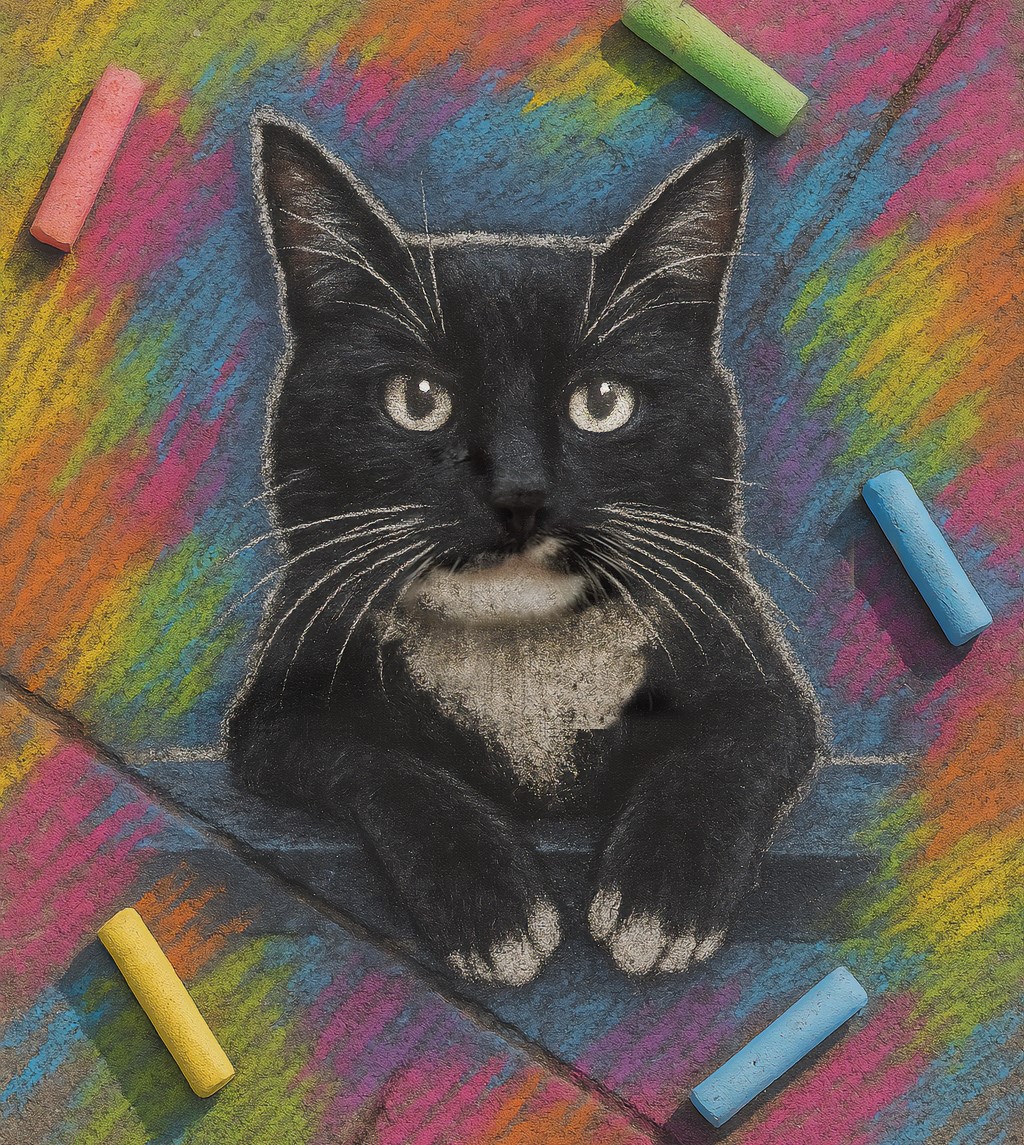Some information may be outdated.
Archaeology is an evolving discipline that is increasingly incorporating a variety of perspectives and ways of knowing. Here, Science Moab highlights key take-aways from recent conversations with archaeologists that explore place, culture, and the role of Western science in studying Indigenous past. We spoke with archaeologist and conservation advocate R.E. Burrillo, Indigenous archaeologist Lyle Balenquah, and rock art photographer and author Jonathan Bailey.
Science Moab: What is the history of Western archaeology in Bears Ears?
Burrillo: The earliest archeologists there were, for the most part, just looters. It wasn’t until the 1890s that we see the beginnings of a more standardized, though still very colonialist, archaeology. We’re now heading toward a collaborative approach in which researchers consult and collaborate with Indigenous folks who have a traditional cultural knowledge about this place.
Science Moab: What do you see as the role of Western scientists in Bears Ears now?
Burrillo: The role I see is one of ally. I would like people who look and act just like me to focus on conservation and preservation. Leave the interpretation of Indigenous history to Indigenous people. To that end, we need more Indigenous scientists and archaeologists. Somebody with an Indigenous background is going to understand Indigenous history in their heart, and deep in their mind, in a way that I simply cannot. Lyle Balenquah [a Hopi cultural resources consultant] has taught me that the Hopi don’t look at archaeological sites as objective and discrete things just sitting there. They look at them as a living part of their history — that these are footprints, which is the term Lyle taught me. They’re still alive, telling you a message that connects, and they’re inseparable. I never thought of that; I wouldn’t come to that conclusion. But it’s brilliant.
Science Moab: What are some differences in approaching archaeology as a Hopi person versus non-Hopi colleagues?
Balenquah: In the university, we were always shown these black-and-white photos of these old white dudes with beards standing at some archaeology site. Those were supposedly the heroes of archeology and anthropology. I had a hard time identifying with that. It was always outsiders looking at an exotic, timeless culture. Whereas every time I came back to Hopi, participating in ceremonies, helping my dad and uncles plant our fields, there was the realization that we’re still here, we’re a living culture. We’re not disconnected from our pasts. Those events and histories still influence who we are as modern-day Indigenous peoples. That’s how I approach my work: I’m not looking at a site that is devoid of humanity or living presence. I think many of my Indigenous colleagues will always state that there is a presence, a living energy associated with these sites. When we do ceremonies at Hopi, we’re actively continuing these traditions. There’s this long, continuous process of who we are. What I try to impart to my non-Indigenous colleagues is that these are more than just places with potential for scientific information; these are places that we as Indigenous people still return to.
Science Moab: Moving forward, how should these perspectives be incorporated?
Balenquah: I would like to see more Indigenous archaeologists. I’ve been fortunate to work with crews from the Ancestral Lands Conservation Corps, an Indigenous conservation program. It was great to work with all these young Indigenous people and get them to think about a career in Indigenous archaeology. When we write management plans, we should already be thinking about Indigenous values to incorporate. It’s about real-life work, but also increasing the capacity and opportunities for Indigenous people to enter into these fields.
Science Moab: How is rock art being threatened today?
Bailey: Rock art is threatened through vandalism, looting, and other activities happening in the vicinity of the art. What is commonly forgotten is how the interplay of other activities impacts vandalism. For example, people usually think the battle is energy development versus tourism, saying they would prefer the former. The problem is that oil and gas may add infrastructure that’s accessible to everybody. For example, they may add road infrastructure: you see a site that previously required two or three days of backpacking to access that is now within a few miles of an energy road. So everything is encompassed in the realm of vandalism and visitation.
Science Moab: You’ve been putting together books with your photographs. What is the impetus behind these works?
Bailey: I don’t personally hope to gain from them. I think it’s kind of a karmic debt: you owe that place something. I believe that when you’re visiting a place, your visitation level has to match your level of reciprocity. And for a lot of people visiting a region for the first time, a really good way to do this is to learn about the tribes. Learn about etiquette. Visit sites developed for people. But if you’re living out here and visiting sites regularly, particularly if you’re not Indigenous and can’t engage with it in that same respectful way, you have to find other means of helping these places persist. I would encourage everybody to look at how invasive you’re being as a visitor. Every person is invasive; there is no such thing as a non-invasive visitor. Make sure your reciprocity is matching how much you are invading that space.
Science Moab is a nonprofit dedicated to engaging community members and visitors with the science happening in Southeast Utah and the Colorado Plateau. To learn more and listen to the rest of these interviews, visit www.sciencemoab.org/radio. This interview has been edited for clarity.
Appreciate the coverage? Help keep local news alive.
Chip in to support the Moab Sun News.





